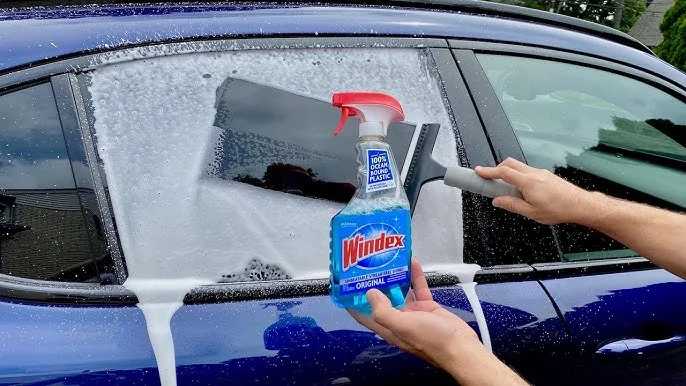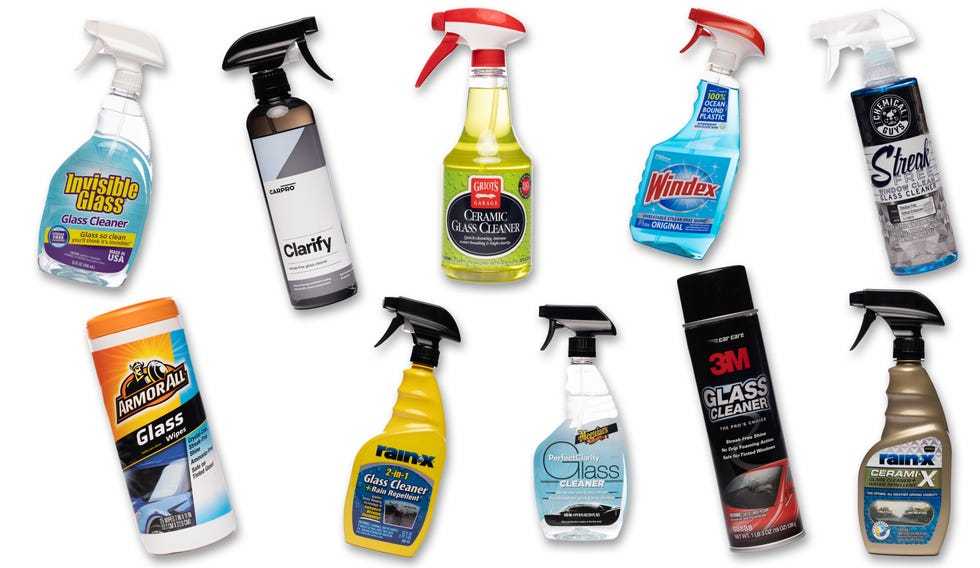To drill laminated glass safely and effectively, start with a sharp, carbide-tipped drill bit and use slow, steady pressure while keeping the glass moist with water. This prevents overheating and reduces the risk of cracking. Patience and precision are key—rushing can cause the glass to shatter, so work carefully and take your time.
Drilling laminated glass requires the right tools and technique to avoid damage. Begin by marking your drilling spot clearly, then secure the glass firmly to prevent movement. Use a low drill speed and apply gentle pressure, constantly cooling the bit with water to minimize heat buildup. With patience and care, you can create clean, precise holes in laminated glass without breaking it. Whether for installing hardware or decorative purposes, knowing how to drill laminated glass safely ensures a successful project.
How to Drill Laminated Glass: A Step-by-Step Guide
Drilling into laminated glass requires careful planning and the right tools. Unlike regular glass, laminated glass has layers of plastic sandwiched between sheets of glass, making it more durable and resistant to cracking. Proper technique ensures safety and prevents damage to the glass during the process.
Understanding Laminated Glass and Its Composition
Laminated glass consists of two or more sheets of glass bonded together with an interlayer of polyvinyl butyral (PVB) or other plastic materials. This construction makes it stronger and safer because it holds together even if broken. Knowing this helps you choose the correct tools and techniques for drilling.
Tools Needed for Drilling Laminated Glass
- Carbide-tipped drill bits – These are essential for cutting through glass layers effectively. Avoid regular steel drill bits.
- Drill with variable speed control – Allows precise adjustments for different stages of drilling.
- Clamp or support frames – Keeps the glass steady and prevents movement during drilling.
- Masking tape – Protects the surface and marks the drilling point.
- Water spray or coolant – Keeps the drill bit cool and reduces the risk of cracking.
- Safety gear – Wear goggles, gloves, and a dust mask for protection.
Preparing the Laminated Glass for Drilling
Before starting, clean the glass surface thoroughly to remove dust and debris. Use masking tape to mark the spot where you want to drill. This tape helps prevent the drill bit from slipping and protects the glass surface. Ensure the glass is well-supported on a flat, stable surface to avoid movement.
Marking the Drill Point
Use a pencil or a marker to pinpoint the exact drill location. For increased accuracy, place a small piece of masking tape over the spot and mark through the tape. This method reduces the chance of the drill slipping and causing damage.
Choosing the Right Drill Bit
Carbide-tipped vs. Diamond-tipped Bits
Carbide-tipped drill bits are ideal for laminated glass, offering durability and precision. Diamond-tipped bits are also effective but are usually more expensive and better suited for thicker or more resistant materials.
Size of the Drill Bit
Select a drill bit that matches the size of the hole you need. Always choose a slightly smaller bit if you’re unsure, as you can enlarge the hole later if needed. A common mistake is using a bit that’s too large, which can crack the glass.
Drilling Process in Detail
Step 1: Setting Up the Drill
Adjust your drill to a low speed setting. High speeds generate heat, which can cause the glass to crack. Keep the drill steady and ensure it is perpendicular to the glass surface.
Step 2: Applying Gentle Pressure
Start drilling with gentle, consistent pressure. Never force the drill, as excessive pressure increases the risk of cracks. Let the drill bit do the work.
Step 3: Using Water or Coolant
Constantly cool the drill bit by spraying water or using a cooling lubricant. This reduces heat buildup and prolongs the life of the drill bit. It also minimizes the chance of the glass cracking from heat stress.
Step 4: Proceeding Gradually
Begin drilling with light pressure until the bit makes a clear start. Then, gradually increase pressure while maintaining a steady speed. Stop periodically to cool the bit and remove debris.
Step 5: Managing the Exit Hole
As you near the other side, reduce pressure to prevent cracking from sudden stress. Apply water to the drill bit and the hole to keep everything cool and clean.
Handling Difficulties and Common Challenges
If the drill bit begins to slip or the glass shows signs of cracking, stop immediately. Reassess the setup, ensure adequate support, and verify the drill bit’s sharpness. Using a slower speed can often reduce stress on the glass.
Finishing the Drilled Hole
Once the drill penetrates completely, lift it out slowly. Clear away any debris and check the hole for smoothness. If the edges are sharp, gently smooth them with a fine file or sandpaper designed for glass.
Precautions to Ensure Safety and Quality
- Wear protective equipment – Safety goggles guard against shards; gloves protect your hands.
- Use the correct drill bit – Metal or standard bits can damage the glass and pose risks.
- Maintain steady pressure and speed – Avoid sudden movements that can crack the glass.
- Work in a well-ventilated area – Drilling can produce dust and fumes.
Additional Tips for Success
- Practice on scrap glass – Gain confidence and perfect your technique before working on your actual project.
- Use masking tape to prevent chipping – It acts as a barrier and helps control cracking.
- Ensure the glass is properly supported – Use a padded surface or foam to absorb vibrations and prevent stress points.
- Be patient and cautious – Rushing can lead to mistakes and damage.
Related Topics for Laminated Glass Projects
- How to cut laminated glass safely
- Choosing the right adhesive for laminated glass installation
- Cleaning and maintaining laminated glass surfaces
- Design ideas for laminated glass in home decor
By following these detailed steps and tips, your drilling project will be safer and more successful. Take your time, use the right tools, and always prioritize safety. With patience and careful technique, you can create precise holes in laminated glass without damaging it.
Drill a HOLE in GLASS in 2 Minutes with 6 Easy Steps – Step by Step and All the Tools You Need
Frequently Asked Questions
What type of drill bit should I use for laminated glass?
Use a diamond-tipped or carbide-tipped drill bit specifically designed for glass. These bits are sharp enough to cut through the tough layers of laminated glass without cracking or chipping the surface. Avoid using regular twist drill bits, as they can damage the glass and produce uneven holes.
How can I prevent the glass from cracking while drilling?
Start by applying masking tape over the drilling area to provide extra support and reduce the risk of cracking. Drill at a slow, steady speed and avoid applying excessive pressure. Using a lubricant such as water helps keep the bit cool and minimizes heat buildup, which can weaken the glass.
What is the best technique to drill a clean hole in laminated glass?
Begin drilling with light pressure and keep the drill bit perpendicular to the surface. Use a slow speed setting to maintain control. Periodically lift the drill to clear debris and prevent overheating. Patience and gentle handling ensure a smooth, precise hole without damaging the glass.
Should I use any safety equipment when drilling laminated glass?
Yes, always wear safety goggles to protect your eyes from shards and dust. Use gloves to prevent cuts from sharp edges, and consider wearing a dust mask if you’re drilling in a confined space to avoid inhaling glass particles. Working in a well-ventilated area helps keep the environment safe.
How do I finish the drilled holes to avoid sharp edges?
After drilling, smooth the edges of the hole with fine-grit sandpaper or a diamond file. Rounding the edges reduces the risk of injury and prepares the hole for fittings or fixtures. Take care to not apply excessive pressure to avoid cracking the glass during this process.
Final Thoughts
To conclude, understanding how to drill laminated glass requires proper preparation and tools. Use a diamond-tipped drill bit and keep the glass cool with water or a damp cloth to prevent cracking. Apply gentle, steady pressure and avoid excessive force. By following these steps, you can drill laminated glass efficiently and safely, ensuring precise results.



